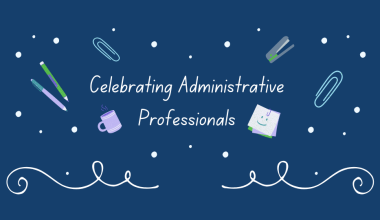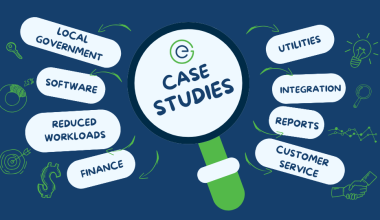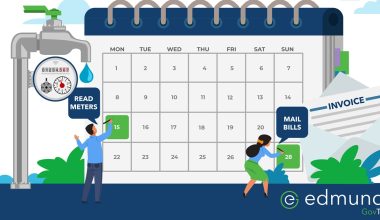I’ve written about why I believe outsourcing the printing of bills is a smart, labor-saving move for utilities. To underscore the labor-saving aspect of outsourcing, the results of the 2018 Utility Staffing Survey showed that 28 of the 32 most efficiently staffed offices outsource their bill printing.
In spite of this, about once a year we have a customer seriously consider bringing the bill printing and mailing process back in-house, ostensibly to save money.
Is it really cheaper to mail bills ourselves?
When all factors are considered – CASS certification software and ongoing maintenance, paper stock and toner or ink to print the bills, the time involved in printing, bursting, folding, inserting, and packaging bills for the Postal Service – I don’t believe it’s any cheaper to print your own bills in-house.
In addition, many outsource printers combine all their mail for the day – yours and any other utilities or businesses they may be mailing that day – to maximize the postage discount. Postal discounts are based on the number of pieces of mail being sent to the same 5-digit ZIP code, then to the 3-digit ZIP prefix, if there aren’t enough pieces to qualify for the 5-digit ZIP discount.
For example, Raleigh’s 3-digit prefix is 276. You may have a few pieces being mailed to ZIP codes starting with 276, but not enough pieces to qualify for a discount. If the outsource company has mail from other mailers going to the Raleigh 276 prefix, they are able to combine yours with the other mail to qualify for a better discount. This simply isn’t an option if you are mailing your own bills, even if you are using CASS certification software.
A little known fact
Many outsource printers have a postal service employee on-site to inspect outgoing mail and ensure that all USPS policies are being followed. In cases such as this, mail from the outsource printer enters the mailstream directly without first going to a regional facility.
This isn’t the case when you mail your own bills. You must take your packaged mail to the local post office. From there it most likely is sent to a regional facility for sorting before it enters the mailstream. This generally adds at least a day to the time it takes your customer to receive their utility bill in the mail.
Want to really save money?
As discussed in the last issue, a way to offset the cost of mailing bills is to offer ebilling and encourage your customers to request ebills rather than receiving a paper bill in the mail. For each customer who opts in to ebilling, you save not only the cost of postage associated with mailing their bill, but also the cost of the paper stock and envelopes.
To encourage ebilling, some utilities offer incentives such as a one-time or monthly recurring credit on the customer’s account.
2019 rates dashboard for North Carolina
I’ve written in the past about resources, including the Environmental Finance Center at UNC. The EFC has just released the North Carolina Water And Wastewater Rates Dashboard for 2019. This dashboard contains rates for 499 utilities in North Carolina.


